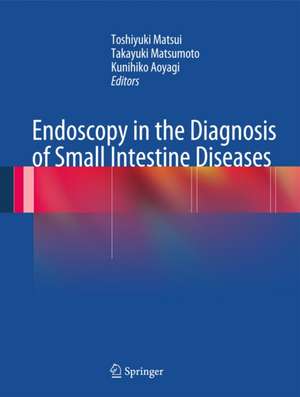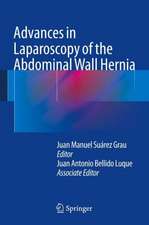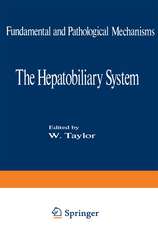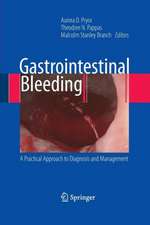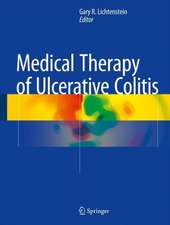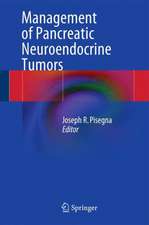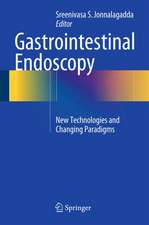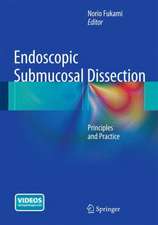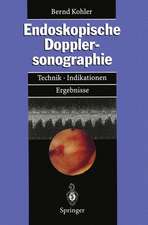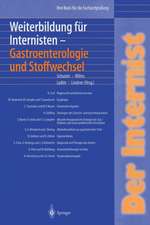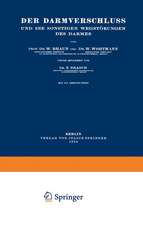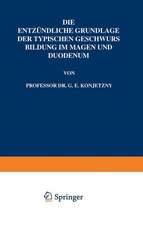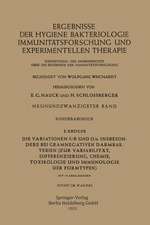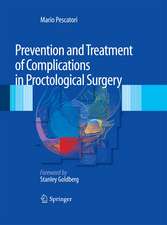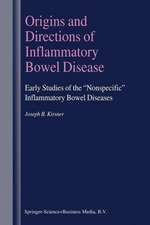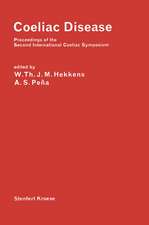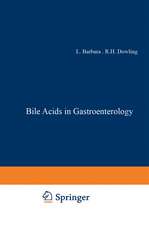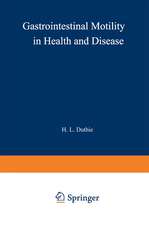Endoscopy in the Diagnosis of Small Intestine Diseases
Editat de Toshiyuki Matsui, Takayuki Matsumoto, Kunihiko Aoyagien Limba Engleză Hardback – 14 feb 2014
From a practical point of view, it is important to observe endoscopic pictures first, then to compare the images of other modalities, and finally to compare macroscopic pictures of resected specimens. For that reason, a large number of well-depicted examples of small intestinal lesions were assembled to clarify differences among small intestinal lesions that appear to exhibit similar findings and morphologies.
Comparisons with radiographic findings comprise another important element in diagnosis. There are limitations in endoscopic observations of gross lesions of the small intestine, with its many convolutions. In Japan, many institutions still practice double-contrast imaging, which provides beautiful results. Because a single disorder may exhibit variations, this volume includes multiple depictions of the same disorders. Also included are lesions in active and inactive phases, as both appearances are highly likely to be encountered simultaneously in clinical practice. The number of illustrated findings therefore has been limited to strictly selected cases.
Preț: 703.78 lei
Preț vechi: 740.83 lei
-5% Nou
Puncte Express: 1056
Preț estimativ în valută:
134.71€ • 146.38$ • 113.23£
134.71€ • 146.38$ • 113.23£
Carte tipărită la comandă
Livrare economică 18-24 aprilie
Preluare comenzi: 021 569.72.76
Specificații
ISBN-13: 9784431543510
ISBN-10: 4431543511
Pagini: 200
Ilustrații: XV, 283 p. 339 illus., 245 illus. in color.
Dimensiuni: 210 x 279 x 22 mm
Greutate: 1.16 kg
Ediția:2014
Editura: Springer
Colecția Springer
Locul publicării:Tokyo, Japan
ISBN-10: 4431543511
Pagini: 200
Ilustrații: XV, 283 p. 339 illus., 245 illus. in color.
Dimensiuni: 210 x 279 x 22 mm
Greutate: 1.16 kg
Ediția:2014
Editura: Springer
Colecția Springer
Locul publicării:Tokyo, Japan
Public țintă
Professional/practitionerCuprins
Part 1. General Considerations.- Chapter 1. Diagnostic Process for Small Intestinal Disease.- Chapter 2. Small Intestinal Radiography.- Chapter 3. Capsule Endoscopy.- Chapter 4. Double-Balloon Endoscopy.- Part 2. Specific Findings of Small Intestinal Lesions.- Chapter 5. Protruded Lesions.- Chapter 6. Submucosal Elevations.- Chapter 7. Ulcerative Lesions.- Chapter 8. Aphthous Lesions.- Chapter 9. Stenotic Lesions.- Chapter 10. Hemorrhagic Lesions.- Chapter 11. Diffuse Lesions.- Chapter 12. Reddish Lesions.- Chapter 13. Edematous Lesions.- Chapter 14. Case presentations: Flat / Small protrusions.- Chapter 15. Case Presentations: Depressions.- Chapter 16. Case Presentations: Protrusions of Submucosal Elevations.- Chapter 17. Case presentations: Protrusion with Ulcer.- Chapter 18. Case Presentations: Multiple Protrusions.- Chapter 19. Case Presentations: Ulcers.- Chapter 20. Case Presentations: Stenosis.- Chapter 21. Hemorrhagic Lesions.- Chapter 22. Reddened Lesions.- Chapter 23. Edematous Lesions.- Chapter 24. Erosive Lesions.- Chapter 25. Diffuse Granular or Diffuse Coarse Mucosal Lesions.- Chapter 26. Whitish Multi-Nodular Lesions.- Chapter 27. Intraluminal Growth.- Part 3. Basic Knowledge and Classification.- Chapter 28. On Tumors.- Chapter 29. On Inflammation
Notă biografică
1, Toshiyuki Matsui, MD, Ph D, Professor, Department of Gastroenterology, Fukuoka University Chikushi Hospital, 2, Takayuki Matsumoto, MD, PhD, Lecturer, Department of Internal Medicine, Kyushu University 3, Kunihiko Aoyagi, MD, PhD, Clinical Professor, Department of Gastroenterology, Fukuoka University
Textul de pe ultima copertă
The purpose of this book is to improve diagnostic yields of capsule endoscopy and double-balloon endoscopy, because those procedures can depict nonspecific findings that may not lead to a proper diagnosis. Another reason for the publication was recognition of the difficulty in distinguishing enteroscopic findings of ulcerative colitis from those of Crohn’s disease.
From a practical point of view, it is important to observe endoscopic pictures first, then to compare the images of other modalities, and finally to compare macroscopic pictures of resected specimens. For that reason, a large number of well-depicted examples of small intestinal lesions were assembled to clarify differences among small intestinal lesions that appear to exhibit similar findings and morphologies.
Comparisons with radiographic findings comprise another important element in diagnosis. There are limitations in endoscopic observations of gross lesions of the small intestine, with its many convolutions. In Japan, many institutions still practice double-contrast imaging, which provides beautiful results. Because a single disorder may exhibit variations, this volume includes multiple depictions of the same disorders. Also included are lesions in active and inactive phases, as both appearances are highly likely to be encountered simultaneously in clinical practice. The number of illustrated findings therefore has been limited to strictly selected cases.
From a practical point of view, it is important to observe endoscopic pictures first, then to compare the images of other modalities, and finally to compare macroscopic pictures of resected specimens. For that reason, a large number of well-depicted examples of small intestinal lesions were assembled to clarify differences among small intestinal lesions that appear to exhibit similar findings and morphologies.
Comparisons with radiographic findings comprise another important element in diagnosis. There are limitations in endoscopic observations of gross lesions of the small intestine, with its many convolutions. In Japan, many institutions still practice double-contrast imaging, which provides beautiful results. Because a single disorder may exhibit variations, this volume includes multiple depictions of the same disorders. Also included are lesions in active and inactive phases, as both appearances are highly likely to be encountered simultaneously in clinical practice. The number of illustrated findings therefore has been limited to strictly selected cases.
Caracteristici
Focuses on accurate diagnosis and on procedures for differentiating conditions on the basis of endoscopic findings Showing capsule endoscopy and double-balloon endoscopy? techniques Showing variations of endoscopic pictures of small intestinal lesions
